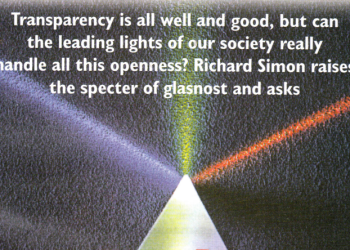The Music TV wars continue. MTV and Channel V are turning to India specific programs for widening their audience and advertising base. But there is a difference between the two: While Channel V, a part of STAR-TV network, is making Hinglish’ (mixture of Hindi and English) programs, MTV claims to be producing shows which are India-relevant and youth-specific.
It was Channel V which first realized that there was a market for filtering international music through Indian perspective. When they launched in 1994, they found Indian youth listening to Hindi film songs. Hence, the channel used Indian pop and Hindi film based songs to make itself popular with the 12 to 34 years age-group. The result was fantastic. Viewership increased 30-fold within two years to touch 40 million viewership per month.
When MTV was planning to launch in India after breaking off from the STAR-TV network in May 1994, there were reports that it wanted to keep the international look of the channel and would not produce India-specific programs. It did not want to dilute its focus of being a youth channel and would want to keep that brand intact, it claimed. The top brass felt that there was space for a channel to position itself in the niche-segment, particularly as Channel V was concentrating on Hinglish shows. The MTV brand, they felt, was sacrosanct.
That pride was battered. The channel conducted a two-month long research to understand the music likings of Indian youth and their attitudes and icons. The findings showed a preference for remixed music and music which Indian youth could dance to. What followed was a decision to include Indian pop music and make India- specific programs tailored to suit the preferences of the youth. The results were immediate. MTV has already found sponsors. However, Sunil Lulla, MTV’s general manager does not agree with the term ‘Indianisation. He says, ‘It is customization.’ Indianisation has to be across-the-channel and not program-specific.
Channel V is targeting a broader paradigm of viewers. The target audience is in the age group of 15 to 34 while MTV targets youth of 15 to 24. According to Sunita Rajan, marketing head of Channel V, ‘It was not our intention to broaden our target audience. There were some programs which were meant to revive old Hindi film hits and popularize them amongst teenage audiences. But in the process, the show was liked by the older public too.” MTV is youth specific. A diplomatic Lulla says it is for those who are young at heart. Channel V is seen more as an Indian channel appealing to both the Hindi and English speaking youth than MTV. The programming mix figures seem contradictory. While the programming mix of Channel V is 70% international and 30% Hindi music, the blend of MTV music is more. Looking at the market penetration figures, Channel V seems to lead the race. While Channel V penetrates over 10 million households, MTV has a reach of 6.2 million. homes. But there is no doubt that both have their own set of loyal viewers.
Meanwhile, Young Asia Television (YA-TV), which positions itself as an alternative for youth to the ‘mindlessness’ fare offered by the likes of MTV and Channel V, is making an initial foray into India. It has signed a memorandum of understanding (MoU) with Doordarshan for the telecast of its programs on the state-run television’s DD II channel. YA-TV, which is already visible in Sri Lanka, Malaysia and Nepal, will initially regale Indian audiences with English language programs produced in other centers. Eventually, YA-TV plans to produce programs locally in the regional languages as well.



